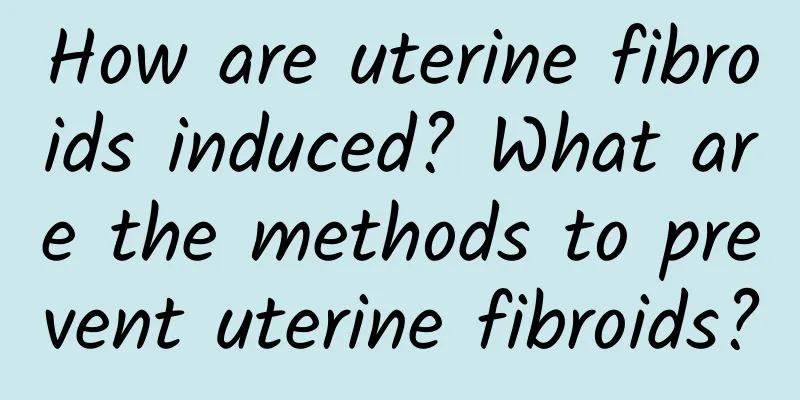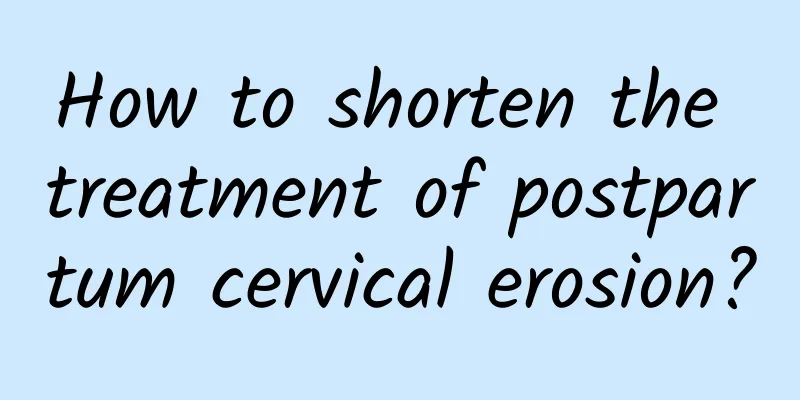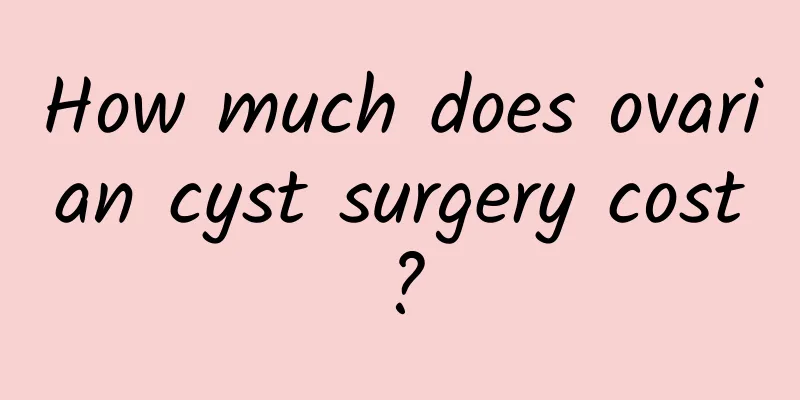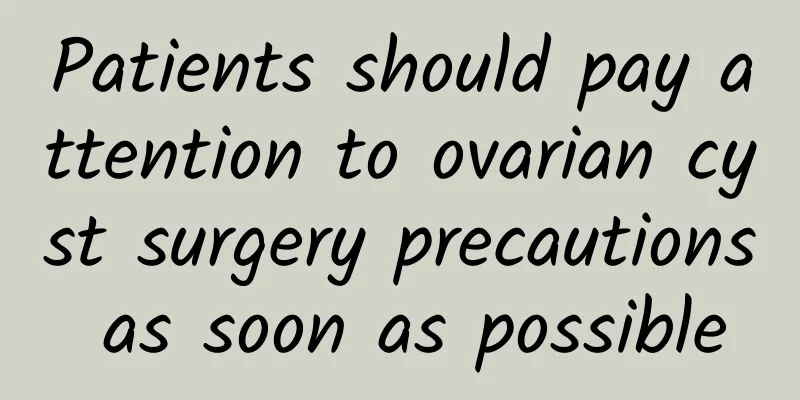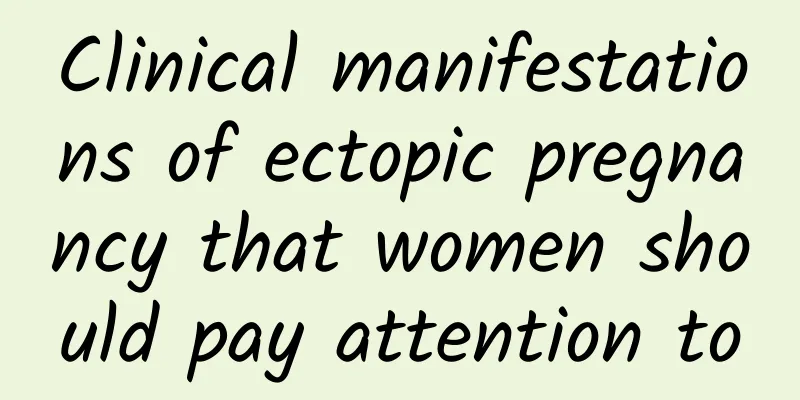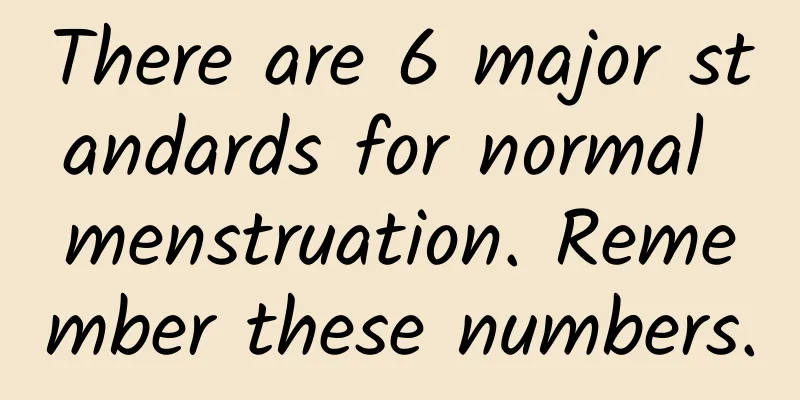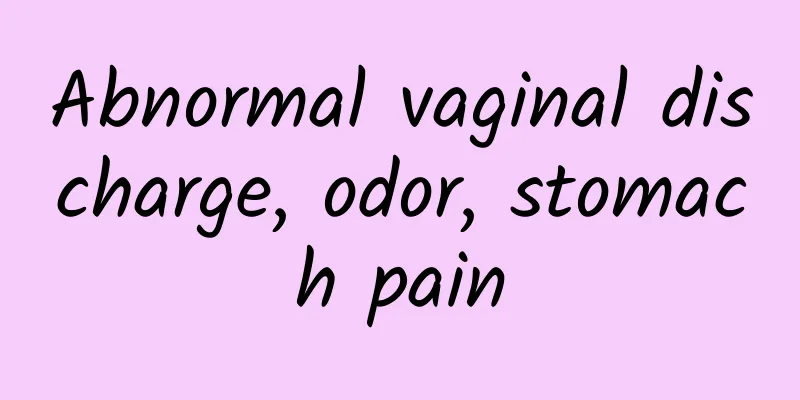What is uterine myomectomy? What are the precautions for uterine myomectomy?
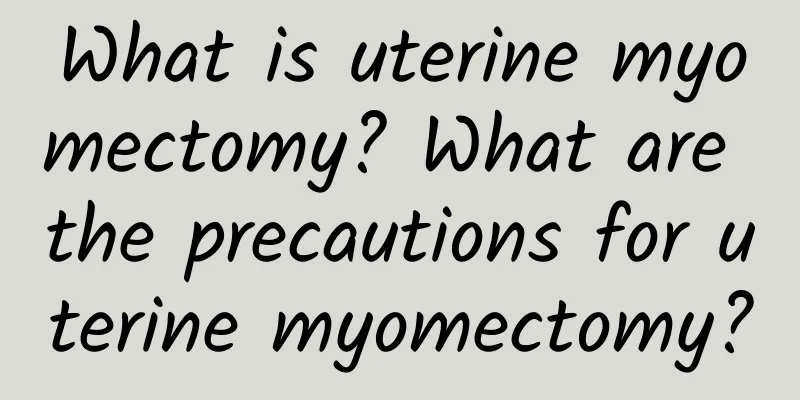
|
Uterine fibroids are a very common benign gynecological tumor. There are many treatment methods for them. Today we will introduce uterine fibroid removal. Uterine fibroid removal is a surgery to remove the fibroids on the uterus and preserve the uterus. It is mainly used for women under 45 years old, especially those under 40 years old. This is not only for infertile women who have no children, but also for women who have children, have large fibroids with a diameter greater than 6cm, have heavy menstruation and conservative medication is ineffective, or have compression symptoms, submucosal fibroids, and fibroids grow rapidly. Resection should also be performed for mental health. As for the number of fibroids, it is usually limited to 15 or less. No matter how many children there are, there are also examples of resection for people who have more than 100 children. It is contraindicated if the fibroids have malignant changes, are accompanied by severe pelvic adhesions such as tuberculosis or endometriosis; or if cervical cytology is highly suspicious of malignancy. For myoma excavation, it is best to perform endometrial pathological examination before the operation to eliminate endometrial precancerous lesions or cancer. During the operation, pay attention to whether the myoma is malignant, and send it for rapid biopsy if it is suspicious. After abdominal uterine myoma resection, in order to prevent postoperative abdominal adhesion, the uterine incision should be the anterior wall, the incision should be as small as possible, and as much fibroids as possible should be removed from the incision. Penetration of the endometrium should also be avoided as much as possible. The incision should be completely hemostatic, and the incision should be sutured without leaving a dead cavity. The postoperative uterine incision should be peritonealized as much as possible. Submucosal fibroids can be removed vaginally, and excessive traction should be avoided during resection, and the uterine wall should not be damaged during resection. Unresected fibroids can also be removed through the abdomen. Postoperative treatment should give hemostatic drugs and antibiotics; non-pregnant women should take contraceptive measures for 1 to 2 years; future pregnancies should be alert to uterine rupture and placenta implantation, and full-term selective cesarean section. Recurrence may also occur after myomectomy, and regular examinations should be conducted. |
<<: How much does a myomectomy cost? How much does a myomectomy cost?
>>: What are the types of myomectomy? Common methods of myomectomy
Recommend
Experts introduce precautions for ovarian cysts
Ovarian cysts are a type of ovarian tumor, which ...
How to treat acute cervicitis? 3 dietary therapies can treat acute cervicitis
Acute diseases generally need to be treated well....
Things you should pay attention to in your daily life if you suffer from vulvar leukoplakia
It is necessary to treat vulvar leukoplakia, but ...
What can you eat after childbirth to relieve uterine fibroids? What can't you eat if you have uterine fibroids after childbirth?
What can you eat after childbirth to relieve uter...
What are the common causes of cervical precancerous lesions?
There are many reasons for cervical precancerous ...
Chronic pelvic inflammatory disease symptoms
There are many symptoms of chronic pelvic inflamm...
Experts explain how working women can prevent uterine fibroids
With the increasing pressure of competition, many...
What are the dangers of not treating cervical hypertrophy?
Many people must have heard of cervical hypertrop...
The salmon chaos has hidden landmines: increased blood sugar and blood lipids! Nutritionist Gao Minmin: The calorie king of salmon sushi is him…
The hottest news topic these days is: "Salmo...
What is the favorite "metabolism weight loss diet" of Hollywood actresses? Nutritionist teaches quick start
Haley, a well-known American nutritionist. Penloy...
What are the causes of cervical erosion?
There are many reasons for cervical erosion, and ...
Fight stubborn fat! Try Chinese medicinal teas
Obesity is an invisible killer of health. In TCM ...
What is the difference between threatened miscarriage and abortion?
Threatened miscarriage mainly refers to the sympt...
Do not use alcohol paste when eating hot pot, be careful of high levels of methanol
Eating hot pot in cold weather is a great enjoyme...
Zheng Duoyan created a new dumbbell exercise, which can help you lose 20 kg in just 3 moves! Say goodbye to butterfly sleeves and slim arms
Zheng Duoyan, the fitness queen who is popular in...
